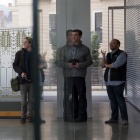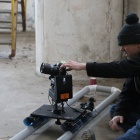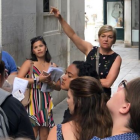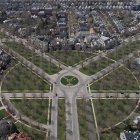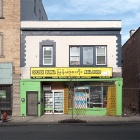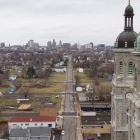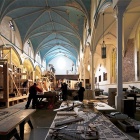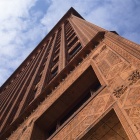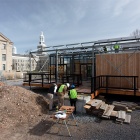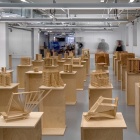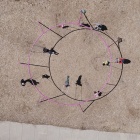See It Through Buffalo
Documenting the complex relationship between a university and its city
See It Through Buffalo is a documentary short on the varied urban landscapes and histories of Buffalo and the School of Architecture and Planning's work within them over the past 50 years, a collaborative endeavor that has advanced the resurgence of Buffalo and generated best practices in place-based teaching and research. The film debuted in 2018 at the Time Space Existence exhibition in Venice, Italy, which was organized by the European Cultural Centre and held in context of the 2018 Venice Architecture Biennale. The film was produced by the School of Architecture and Planning and John Paget, First+Main Films, and was directed by Gregory Delaney, UB clinical assistant professor of architecture. Students and faculty from across the school have been involved throughout the project
We invite you to enjoy the full film as shown in Venice, Italy, and to learn more about the making of the film and its representation of our work within Buffalo over the past five decades.
See It Through Buffalo debuted internationally at Time Space Existence, an exhibition organized by the Global Art Affairs Foundation and hosted by the European Cultural Centre and run in parallel of the 2018 Venice Architecture Biennale. The film was produced by the School of Architecture and Planning and First+Main Films, and was directed by Gregory Delaney, clinical associate professor of architecture. Students and faculty from across the school have been involved throughout the project.
Students, faculty, and staff at the School of Architecture and Planning engage global issues, from economic inequality and refugee resettlement, to food security and climate-change resilience. But the school plays an especially transformative role in the city, propelling Buffalo’s resurgence through economic development initiatives, urban design, community organizing, partnerships with industry, and full-scale construction - planning and building neighborhoods, homes, playgrounds, gardens, and the systems that interconnect them.
Related News
Read AtBuffalo magazine's feature coverage of the School of Architecture and Planning's documentary film and experience at this prestigious exhibition in Venice.
